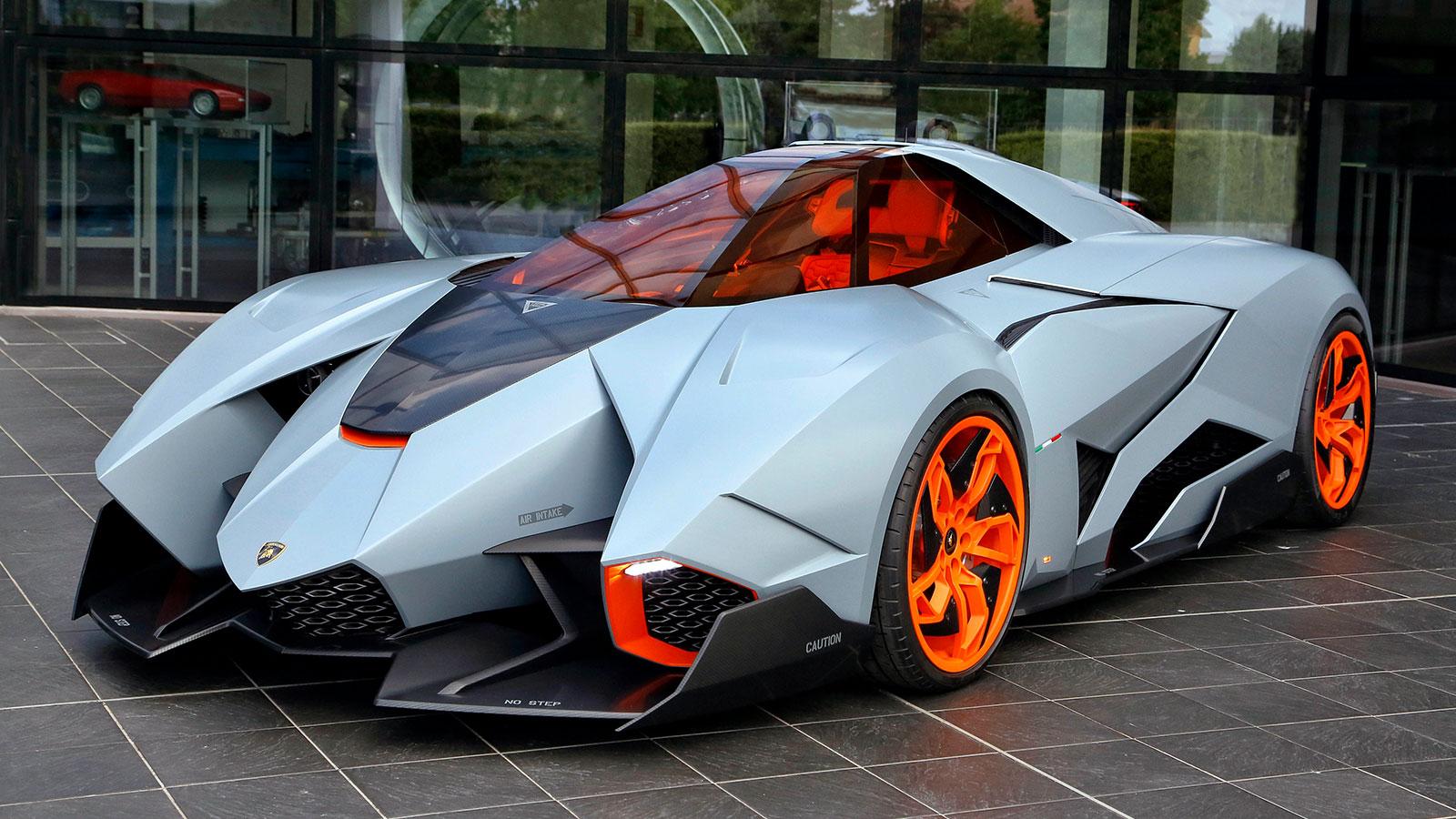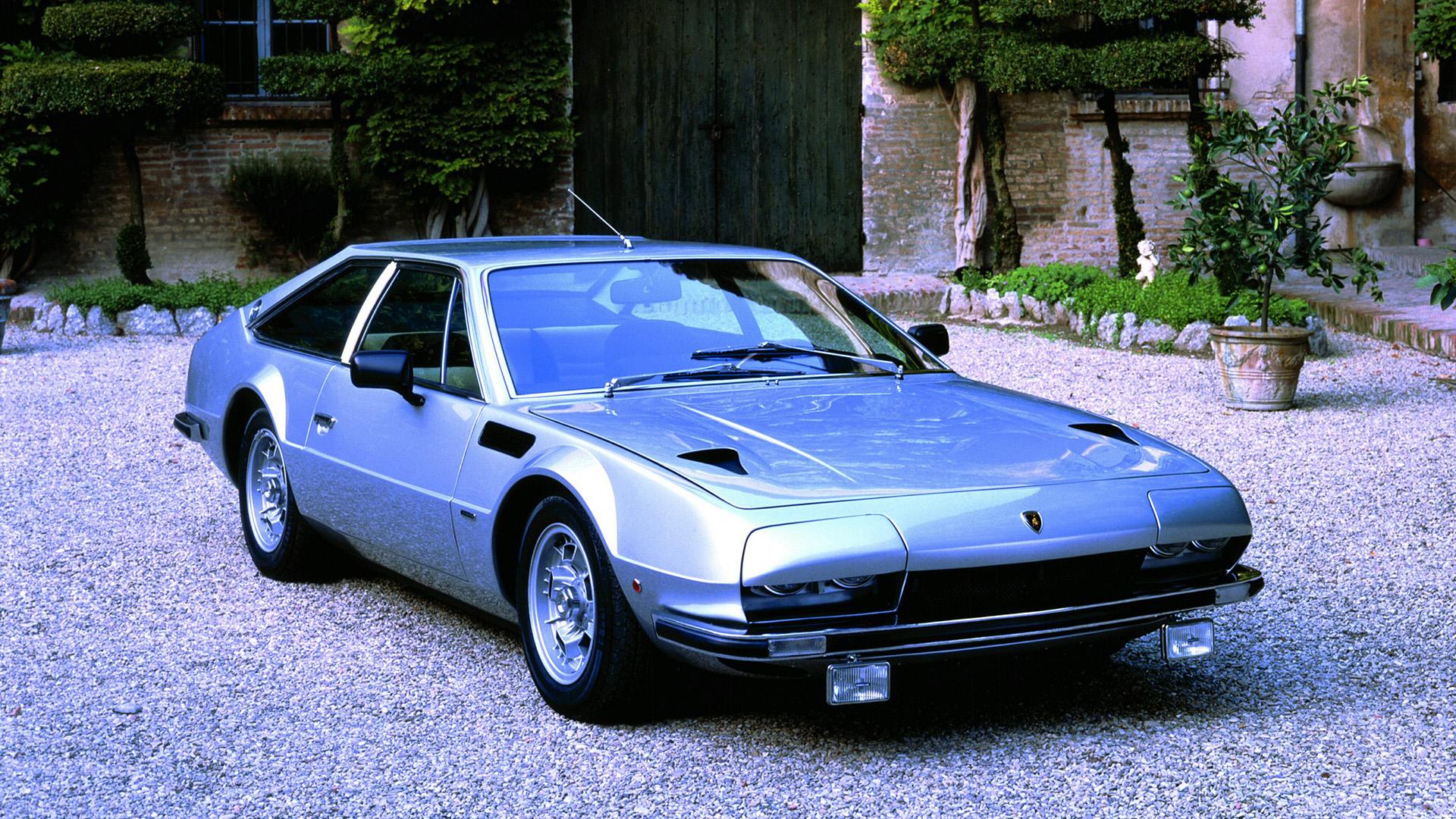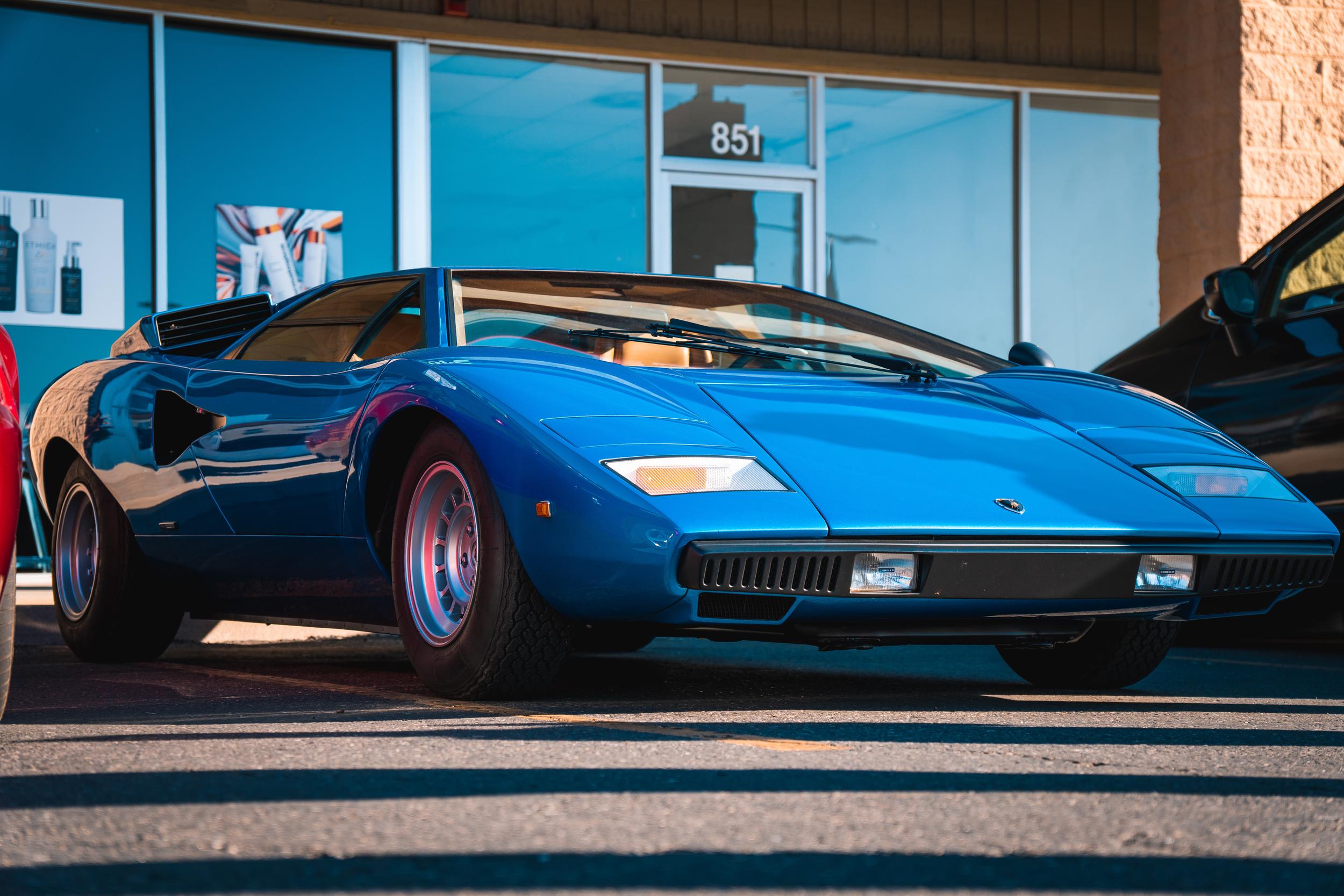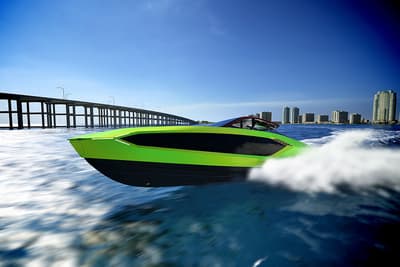Lamborghini, a name synonymous with high-performance sports cars, has been renowned for producing some of the most exotic and stylish vehicles on the road. Over the years, this brand has been a pioneer in automotive design, merging aesthetics with engineering excellence.
However, not all designs are appreciated equally, and some Lamborghinis have evoked mixed reactions from enthusiasts and critics alike. In this article, we’ll delve into a few models that have been controversial in terms of design, examining the unique elements that have made them stand out.
Lamborghini Egoista

The Lamborghini Egoista, unveiled in 2013 as part of Lamborghini’s 50th-anniversary celebration, represents a daring and individualistic design philosophy. Inspired by the aggressive aesthetics of Apache helicopters, the Egoista’s exterior is characterized by sharp angles and aerodynamic features that give the car an avant-garde look.
The single-seat cockpit, resembling that of a fighter jet, is another distinctive feature that adds to the car’s uniqueness. While some enthusiasts found the design too radical, others appreciated its boldness, recognizing the Egoista as a true concept car that pushed boundaries. The car’s name itself, “Egoista,” means “selfish” in Italian, reflecting the design’s focus on the individual driving experience. Its aerodynamic design isn’t just for show but enhances the car’s performance, creating a connection between form and function.
Athon Concept
In 1980, Lamborghini unveiled one of its quirkiest concept cars, the Athon. A look back at what people once considered futuristic, the Athon remains a talking point for automotive enthusiasts. Designed and created by Bertone, a custom coachbuilding company closely tied to Lamborghini, the Athon featured sculpted geometric volumes. It’s powered by the engine from a Lamborghini Silhouette, allowing it to achieve an astonishing top speed of 170 MPH for the time.
Though the side profile resembles a futuristic rocket, the Athon’s front and rear ends seem to have missed the mark aesthetically. Over time, the overall look hasn’t aged quite as gracefully as some of Lamborghini’s other iconic models.
Sogna Concept
Moving from the Athon’s controversial design to something even more polarizing, the Sogna is a concept that even the most passionate Lamborghini fans might find hard to love. The 1991 Sogna was the creation of Ryoji Yamazaki, the leader of a Japanese tuner company. Using an existing Countach, Yamazaki refitted an entirely new aluminum body, preserving the Countach’s V12 engine that outputs 455 HP.
Though it could reach a top speed of 186 MPH, the Sogna’s design seemed incompatible with Lamborghini’s traditional sleekness. The only existing Sogna was priced at over $3 million in the early 2010s, yet its looks were enough to raise eyebrows among aficionados and critics alike.
Pregunta Concept

The Pregunta concept is an enigma wrapped in a puzzle for many Lamborghini enthusiasts. As the last concept car fully designed by the staff before Audi’s acquisition in 1998, it holds a unique place in the brand’s history. Sporting a 530 HP V12 Diablo engine, the Pregunta is known to outperform the Diablo in speed, boasting a top speed of 206 MPH. But it’s not its performance that raises questions.
Named “question” in Spanish, the Pregunta’s design certainly lives up to its name. With features like fighter plane paint, F1 gauges, and optical-fiber lighting, it stands out as an oddity in Lamborghini’s lineup. Though it was never intended to be Lamborghini’s next flagship design, the Pregunta found a buyer at auction, fetching over $2 million.
Lamborghini Veneno
Released in the same year as the Egoista, the Lamborghini Veneno brought an equally audacious approach to automotive design. The Veneno’s jagged, aggressive lines and oversized aerodynamic elements make it look like a vehicle from another world.
Only a few units were produced, and the car’s extreme styling drew mixed reactions from enthusiasts. Behind the unconventional appearance lay a focus on aerodynamic efficiency, allowing the car to achieve incredible stability and downforce at high speeds. Every design aspect, from the adjustable wings to the exaggerated air intakes, serves a purpose in the car’s performance. Despite the controversial aesthetics, the Veneno remains a testament to Lamborghini’s commitment to engineering excellence and innovative design.
Lamborghini Espada

The Lamborghini Espada’s elongated, almost wagon-like shape marked a significant departure from the brand’s traditional design language when it was introduced in the late 1960s. Designed as a four-seater GT, the Espada’s stretched-out profile aimed to provide more interior space without sacrificing performance.
Its distinct shape, unusual for a supercar, led to a divergence in opinions. Some found the design to be an exciting innovation, while others were less enthusiastic. The practical approach to design gave the Espada a unique place in Lamborghini’s lineup, reflecting an era when even high-performance brands were exploring more family-oriented vehicles. It was the perfect blend of Lamborghini’s sporty DNA with the comfort of a grand tourer.
Lamborghini Marzal
Unveiled at the 1967 Geneva Motor Show, the Lamborghini Marzal represented a revolutionary step in automotive design. Its hexagonal windows and elongated profile made it look unlike anything else on the road. The glass gullwing doors, providing extraordinary visibility, created an airy cabin ambiance.
Designed by Marcello Gandini, the Marzal was more than just a design experiment; it featured a unique inline-six engine and innovations in ergonomics and comfort. Although never produced, its design left a lasting impression and influenced later models, like the Espada. The Marzal continues to be admired for its forward-thinking design and willingness to challenge conventional automotive aesthetics.
Lamborghini Jarama

Introduced in the early 1970s, the Lamborghini Jarama was aimed at combining luxury and sportiness. Compared to its siblings, the Jarama’s design was more understated, with rounded features and a less aggressive stance.
While some enthusiasts found its design elegant and refined, others felt it lacked the characteristic Lamborghini flair. However, the car’s focus on comfort and luxury, without compromising performance, set it apart. Named after the Jarama racing circuit in Spain, it held true to Lamborghini’s sporting heritage while providing a more relaxed driving experience.
Lamborghini Genesis
The Lamborghini Genesis, a concept minivan unveiled in 1988, represents one of the most unconventional designs in the brand’s history. With its wedge-shaped body and large gullwing doors, the Genesis was a dramatic departure from Lamborghini’s traditional sports car image.
The concept of a Lamborghini minivan raised eyebrows, but it was an interesting experiment in how the brand’s design language could be adapted to different vehicle types. Although never intended for production, the Genesis offered an alternative take on family transportation, combining space and comfort with a design that was unmistakably Lamborghini. The Genesis remains an example of the brand’s willingness to explore new horizons and redefine what a Lamborghini can be.
Conclusion
Design is an inherently subjective field, and what might be considered beautiful by some could be seen differently by others. Lamborghini, as a brand, has never shied away from pushing boundaries and experimenting with new forms.
The models discussed here have each brought something unique to the automotive world, whether in aerodynamics, space utilization, or pure innovation. The varying reactions to these designs reflect not only personal preferences but also the evolving trends and expectations of different eras.
In the end, these “ugliest” Lamborghinis offer valuable insights into the constant evolution of automotive design and the courage of a brand willing to challenge conventions and take risks. For any car enthusiast, these models stand as intriguing landmarks in the dynamic history of automobile aesthetics.





